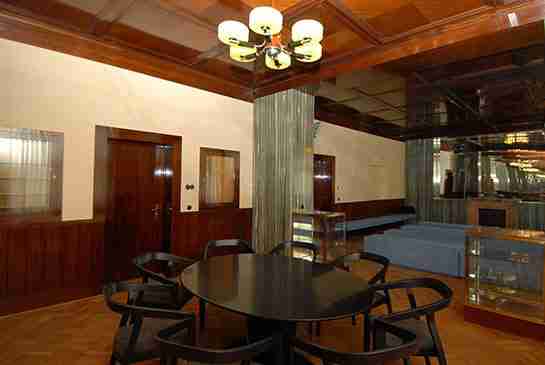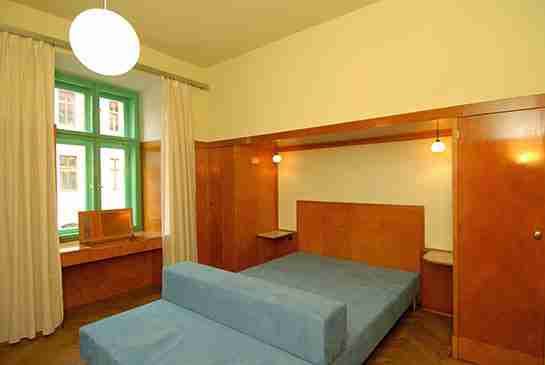In the early 20th century, Czech architect Adolf Loos—known for Vienna’s Goldman & Salatsch building and Prague’s Villa Müller—designed several homes for members of the wealthy Jewish community in the Czech city of Pilsen. This April, three of the eight surviving Loos-designed spaces will open for public tours, with a fourth to be added later this year. Led by the municipal organization Pilsen-Tourism, the restoration efforts are part of an initiative to promote the city’s cultural heritage.

Loos was a Modernist architect and the author of the 1908 manifesto Ornament and Crime, in which he famously equated the title terms. Vexed by the superficial, he was known for his stark, unadorned exteriors. His interiors are simple, too, but they incorporate luxurious materials like mirror, marble, and mahogany in their plain, functional designs. Ornamentation only appears where it was easiest to tolerate: the leg of drawing table, the fringe of a ceiling lamp.

Aesthetics aside, Loos’s Pilsen homes are also a history of woeful survival. One of the houses pictured here belonged to Vilem Kraus, who commissioned the design in the early 1930s. After the rise of the Nazis, he left Czechoslovakia for England, where, like many Jews, he sought asylum for his family. Unable to join him in time, Kraus’s wife and two children perished in an extermination camp. Their residence at 10 Bendova Street was seized by German forces, and after the war, by the Communist state. But the fall of that government in 1989 has allowed Kraus’s home to be restored, his family’s legacy preserved through Loos’s designs.
For information about tours, visit pilsenu
* *
